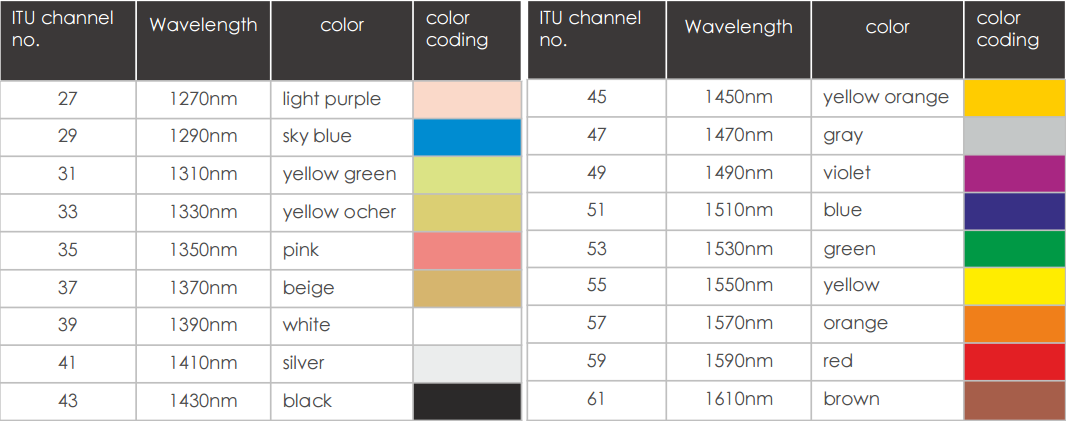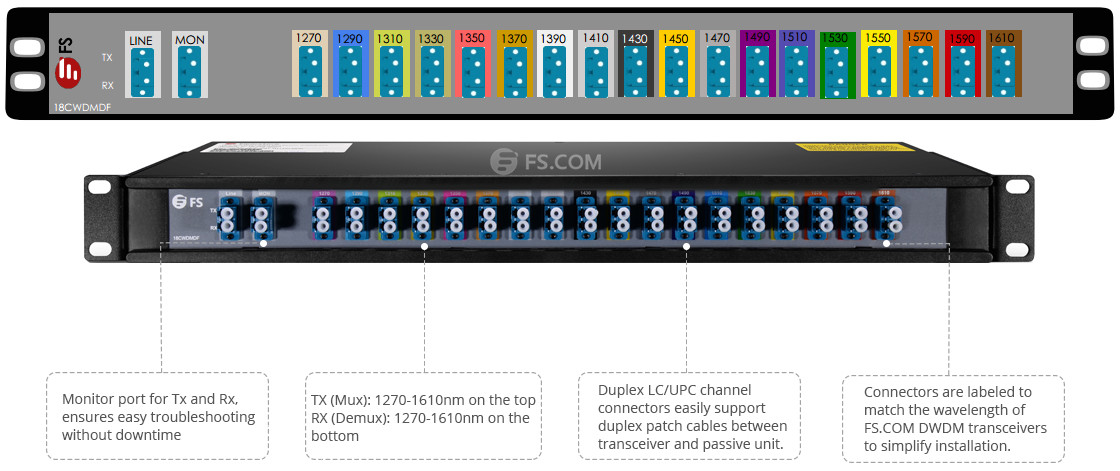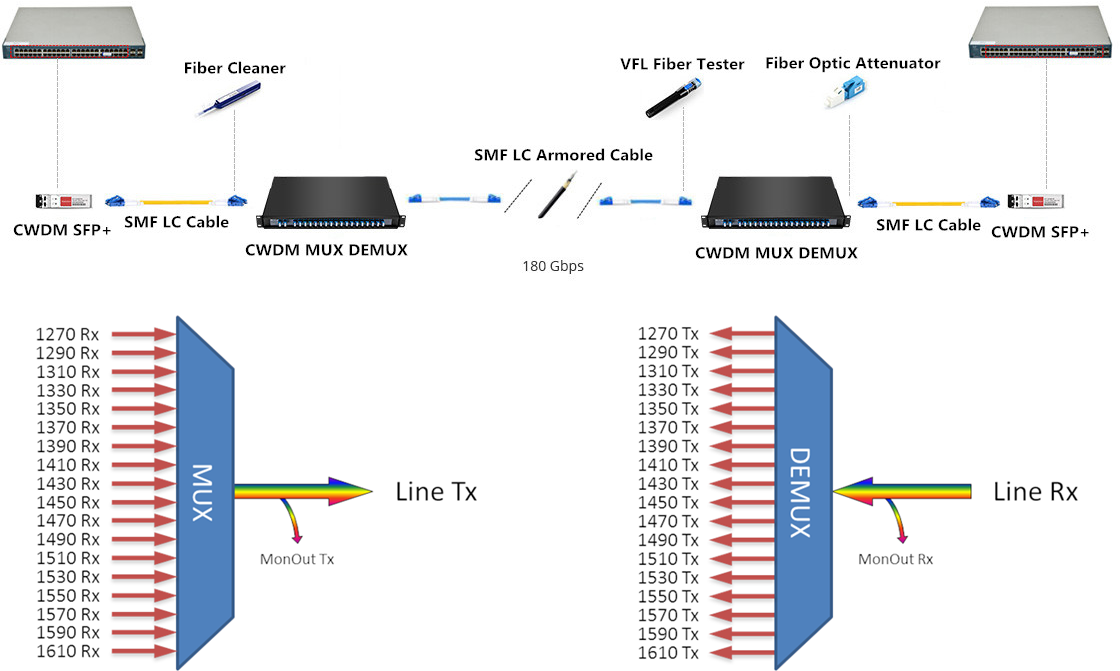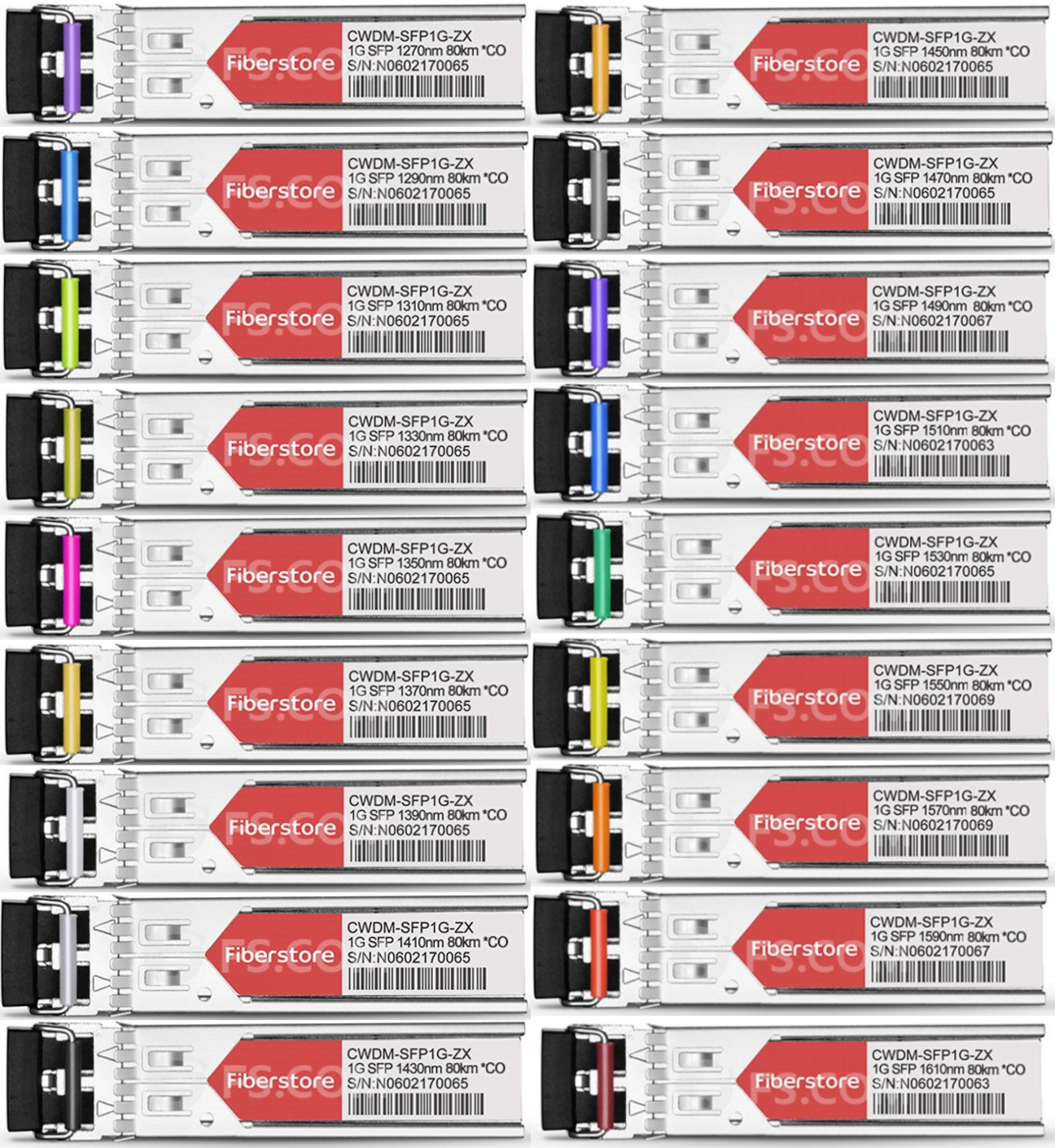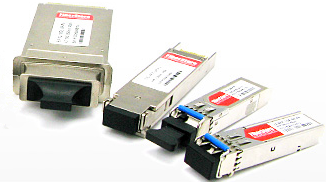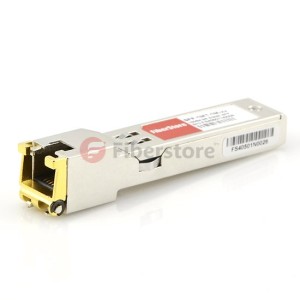GLC-T, GLC-TE and SFP-GE-T are three Cisco 1000BASE-T SFP types. All these three models SFPs can operate on standard Category 5 unshielded twisted-pair copper cabling of link lengths up to 100 m (328 ft) and support 10/100/1000 auto negotiation and Auto MDI/MDIX. So, what’s the difference between them? In this article, comparison between Cisco GLC-T vs GLC-TE vs SFP-GE-T will be provided.

By access to Cisco’s relative information, specifications for Cisco GLC-T, GLC-TE and SFP-GE-T are concluded in the table below:
| SFP Models | Description | Operating Temperature Range |
| Cisco GLC-T | 1000BASE-T SFP Copper RJ-45 100m Transceiver | COM |
| Cisco GLC-TE | 1000BASE-T SFP Copper RJ-45 100m Transceiver | EXT |
| Cisco SFP-GE-T | 1000BASE-T SFP Copper RJ-45 100m Transceiver | NEBS 3 ESD EXT |
From the table above, we can see that the difference between GLC-T and GLC-TE is the operating temperature range. Operating temperature range for GLC-T and GLC-TE is respectively commercial temperature range (COM) and Extended temperature range (EXT). The difference between SFP-GE-T and GLC-TE is that the SFP-GE-T has the function of NEBS 3 ESD. Then what does that mean? Let’s read the following passages.
Operating temperature range:
- Commercial temperature range (COM): 0 to 70°C (32 to 158°F)
- Extended temperature range (EXT): -5 to 85°C (23 to 185°F)
- Industrial temperature range (IND): -40 to 85°C (-40 to 185°F)
- Storage temperature range: -40 to 85°C (-40 to 185°F)
NEBS is short for Network Equipment Building System and is a set of standards for building networking equipment which can withstand a variety of environmental stresses. NEBS has three levels: Level 1, Level 2, and Level 3. Level 1 refers to cases where minimum compatibility with the environment is needed. Level 2 applies for limited operability of the product. Finally, NEBS Level 3 (NEBS 3 ESD) certification guarantees the maximum operability of the equipment. It also certifies that the equipment will perform well in harsh environmental conditions and will not interfere with other electronic devices around. NEBS Level 3 certified networking equipment is vital in mission-critical applications. SFP-GE-T with 1000BASE-T NEBS 3 ESD, that is to say, compared to GLC-T or GLC-TE it can take greater stresses with less likelihood of failure, and are therefore a bit more trustworthy in truly mission-critical applications.
In terms of Cisco original GLC-T vs GLC-TE vs SFP-GE-T transceivers, GLC-T and SFP-GE-T will be End-of-Sale June 1, 2017 and replaced by the GLC-TE. So then you can only buy GLC-TE transceivers from Cisco. If you’re dealing directly with a company like a telecom who specifically requires NEBS compliance, they’ll let you know and you should choose SFP-GE-T. But for most of the networks, GLC-T and GLC-TE transceivers are all you’d need for Gigabit Ethernet, and they cost less as well. Fiberstore (FS.COM) provides all these three SFP modules. We are manufactured to the exact same standards as Cisco’s own brand, and come with true lifetime warranties. Every SFP module in Fiberstore was tested to ensure 100% compatibility, but only cost a small fraction of name-brand alternatives.
Related Article: Compatible SFP for Cisco 2960 Series Switches
Related Article: A Quick Overview of Cisco 1000BASE-T GLC-T SFP Copper Module

